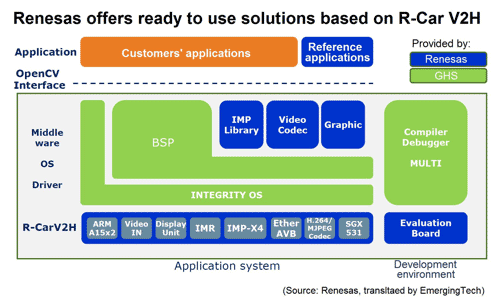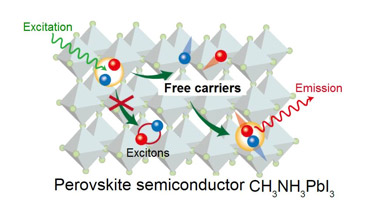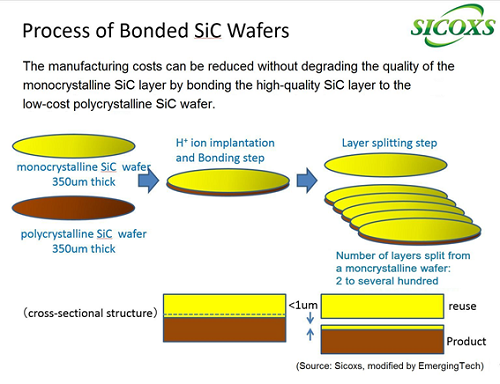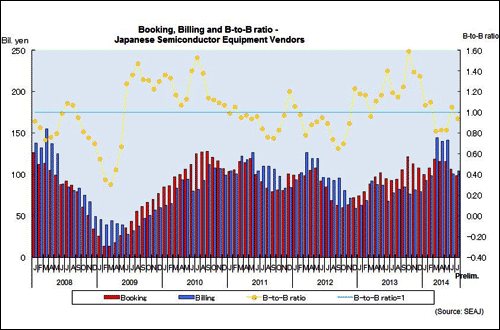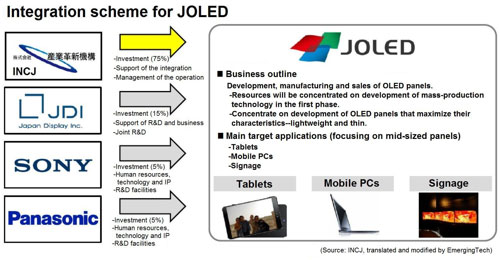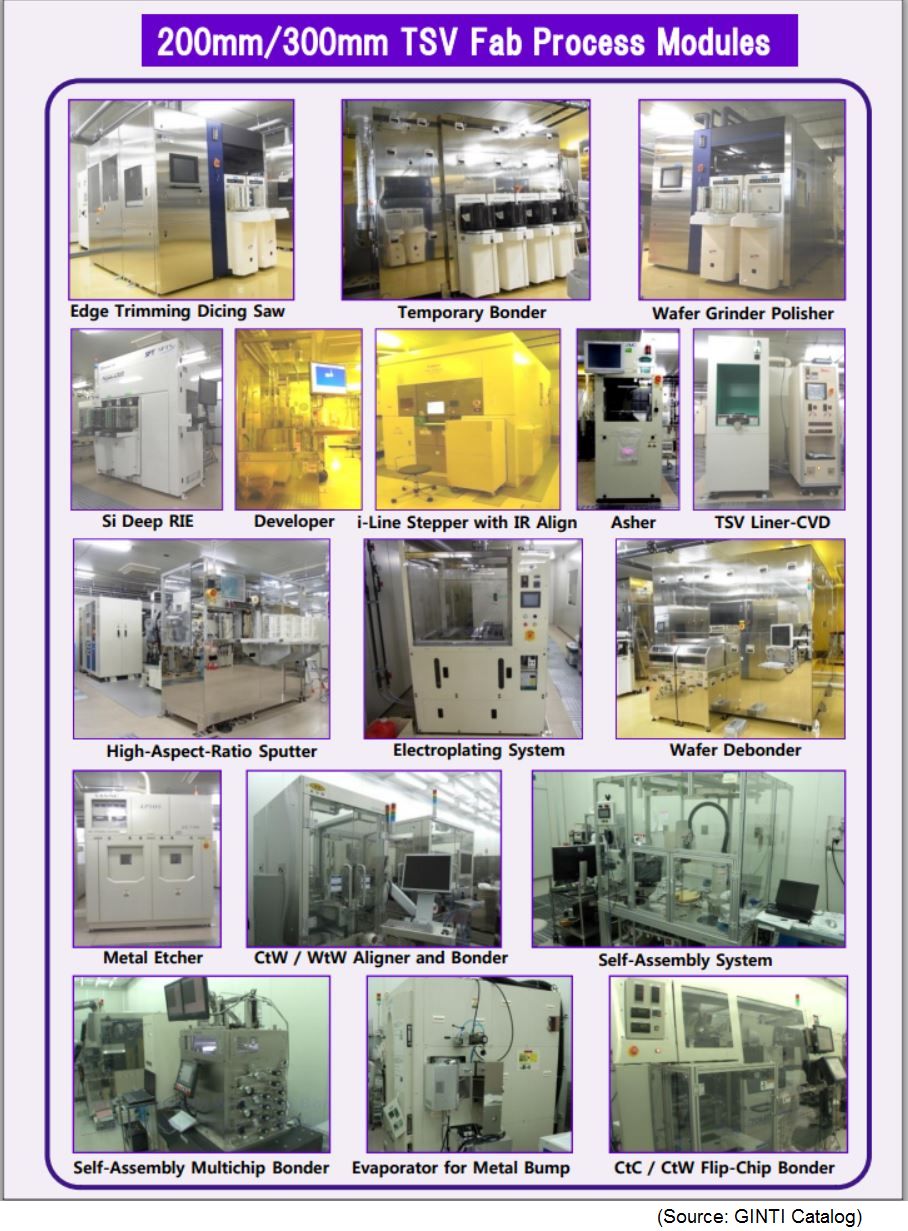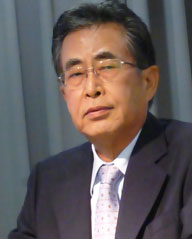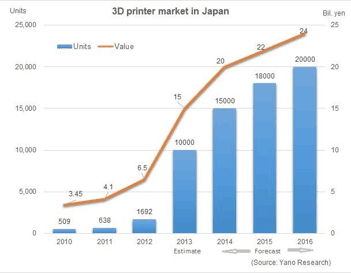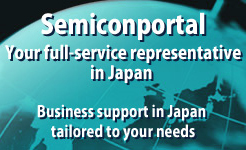August 2014
Renesas Electronics Corp. has announced the R-Car V2H system-on-chip LSI, its first product dedicated for advanced driver assistance system (ADAS) applications. Sampling begins this month.
[... more]
A team at the Institute for Chemical Research of Kyoto University has clarified the behavior of electrons and holes in organometal halide perovskite semiconductor (CH3NH3PbI3), which is a focus of growing interest as one of the most promising next-generation solar cells.
[... more]
On the eve of volume use of SiC power devices, there is an urgent need to lower the cost of SiC wafers, which is why the wafer production technology of Sicoxs Corp., a Tokyo-based venture company, is coming under the spotlight.
[... more]
The book-to-bill ratio of Japan-based manufacturers of semiconductor equipment was 0.94 in July, back below 1 again, according to the book-to-bill ratio report issued by the Semiconductor Equipment Association of Japan (SEAJ).
[... more]
Innovation Network Corporation of Japan (INCJ), a government-backed investment fund, together with Japan Display Inc., Sony Corp., and Panasonic Corp., will launch a new company, JOLED Inc., in January next year, integrating the R&D functions of Sony and Panasonic for organic light-emitting diode (OLED) display panels. Through this collaboration, the companies aim to accelerate development and expedite commercialization of OLED display panels.
[... more]
The Global Integration Initiative (GINTI), a center equipped with facilities and an environment for R&D, prototyping and pilot production of 3D stacked LSIs, started a full-service operation in Miyagi Prefecture in April.
[... more]
Renesas Electronics Corp., now in the midst of restructuring, has reported first-quarter business results superior to the forecast it announced in May. Renesas CEO Hisao Sakuta, who has been in charge since June 2013, talked frankly about the next steps in the restructuring. He observed that although it is clear what has to be done, restructuring has only reached the halfway point.
[... more]
The hydrogen energy era is on the way. Toyota has announced it may commercialize hydrogen-powered fuel cell vehicles (FCVs) next year and has set itself the target of cutting the cost per vehicle to 5 million yen (US$50,000*)—one-twentieth of the current cost. Likewise, Honda plans to introduce FCVs next year. Nissan is targeting introduction in 2017, slightly behind its competitors.
[... more]
The Ministry of Economy, Trade and Industry (METI) predicted last February that the global market for 3D printers and materials will reach 1 trillion yen (US$10 billion*) in 2020, roughly quadrupling from 230 billion yen in 2012.
[... more]
Warning: Invalid argument supplied for foreach() in /home2/semicon/hosting/spiwww/include/Banner.php on line 78
Warning: array_multisort(): Argument #1 is expected to be an array or a sort flag in /home2/semicon/hosting/spiwww/include/Banner.php on line 81
Warning: Invalid argument supplied for foreach() in /home2/semicon/hosting/spiwww/include/Banner.php on line 85


